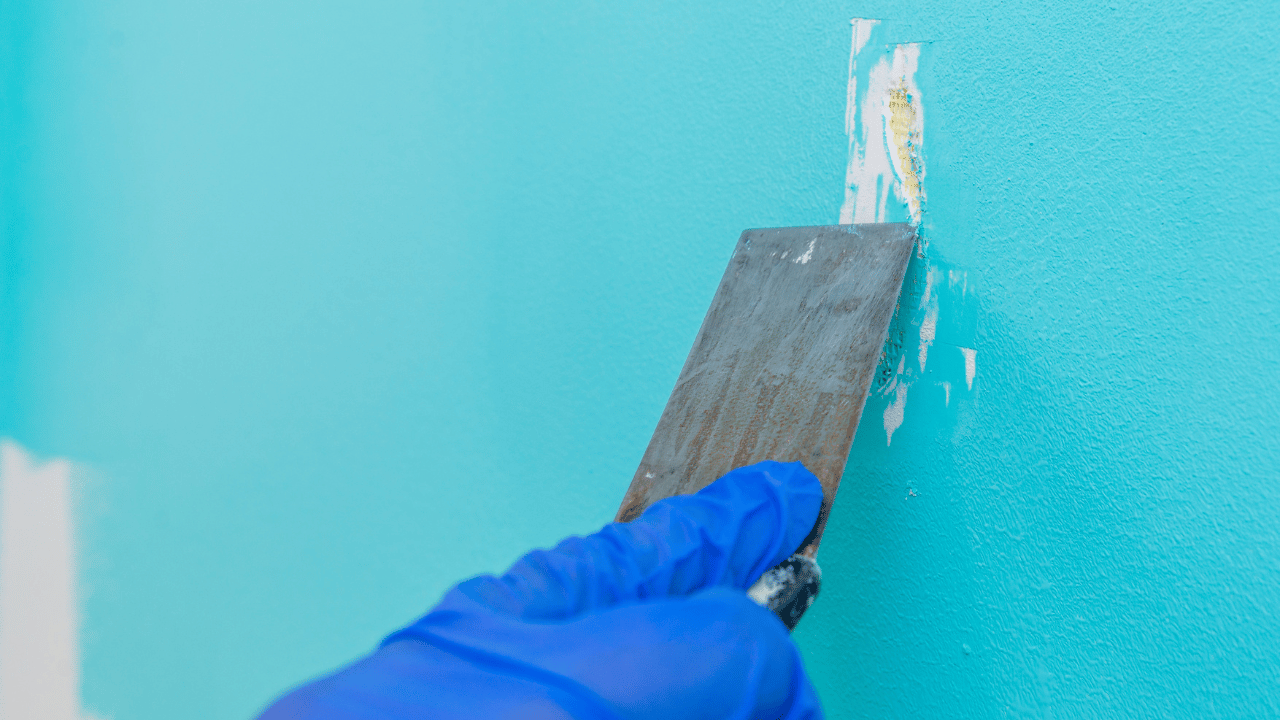Last Updated on October 10, 2023 by Pro Handyman Australia – Editorial Team
Old paint can be like a ghost of decor past — remnants of colors and designs that no longer align with your current aesthetic or lifestyle. But before you can transition to a new hue or refreshed look, the canvas needs to be prepped. Removing old paint might sound daunting, especially for those diving into a DIY project for the first time. But fear not! Our DIY Guide to Removing Old Paint is here to shed light on the process, ensuring you can strip away the old to make way for the new with confidence and clarity. Join us as we delve into the steps, tips, and tricks to make paint removal a breeze, setting the stage for your next design adventure.
Prioritizing Safety in Paint Stripping Projects
Embarking on a renovation? There’s a good chance you’re faced with the task of stripping old paint. While this might seem daunting, with the right tools and techniques, it can be done safely and efficiently.
Preparation and Protective Measures
Before diving into the paint stripping process, ensuring a safe working environment is paramount. This means setting up in an area devoid of the curious hands of children or paws of pets. Equally crucial is personal protection. Regardless of the method you choose, always don protective attire—this includes a long-sleeved shirt, gloves, closed shoes, and potentially, safety glasses.
Moreover, identifying whether your paint is lead-based is critical. Homes built prior to 1978, especially those from before 1940, often feature lead-based paints. If you’re uncertain about the paint’s composition, it’s advisable to consult a professional inspector. The health risks associated with lead are substantial, and you shouldn’t take any chances.
Selecting the Right Paint Stripper
Paint strippers primarily fall into three categories: solvent-based, caustic-based, and manual. While solvent-based strippers weaken the bond between paint and its surface, caustic-based ones dissolve the paint itself. Manual techniques rely on physical tools to eliminate the paint. Your choice should correspond with the surface you intend to work on.
Understanding Stripper Ingredients
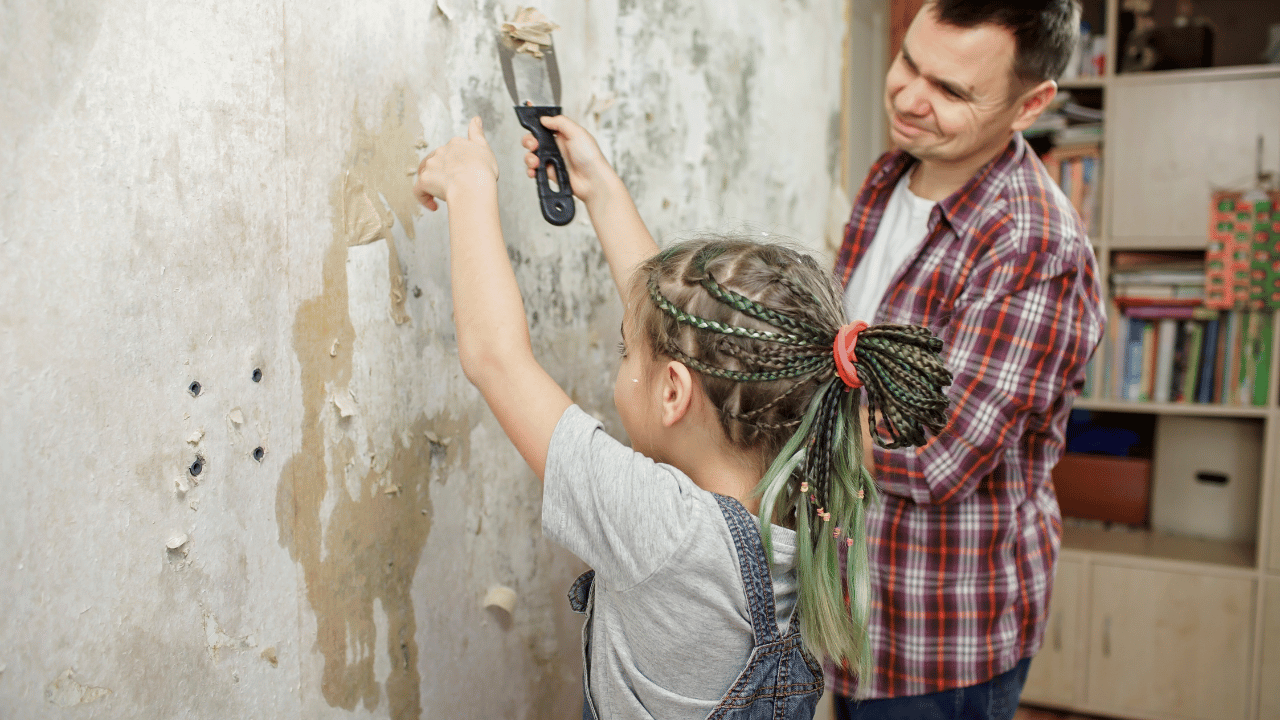
Taking a closer look at the ingredients in paint thinners can’t be stressed enough. Some solvent-based strippers might contain hazardous compounds that demand careful handling. Two such components, methylene chloride and NMP (n-methyl pyrrolidone), are notorious for their danger levels. These chemicals can be life-threatening in certain situations. While regulatory bodies are inching towards banning them, these ingredients still lurk on store shelves. However, safer alternatives, like Dimethyl sulfoxide (DMSO), which boasts a significantly lower toxicity, are available and are becoming the preferred choice for many DIY enthusiasts.
Environmentally Friendly Alternatives
With increasing environmental awareness, there’s a shift towards eco-friendly paint strippers. Traditional paint thinners, which can have devastating effects on flora and fauna, are being replaced by gentler, green options. Citrus and soy-based paint strippers have emerged as popular alternatives. Besides being environmentally friendly, they often outperform their conventional counterparts. Plus, if strong chemical odors aren’t your thing, the fresh citrus scent of these options might be appealing.
Exploring Manual and DIY Solutions
For those keen on avoiding chemicals altogether, manual paint strippers, like paint scrapers, are a viable option. When using these tools, it’s essential to be thorough in cleaning up paint residue. Another DIY method involves a simple solution of baking soda boiled in water, effective specifically for metal surfaces and a thrifty choice for the budget-conscious.
Caring for Wooden Surfaces
Wood, a popular surface to refurbish, needs careful handling. The aim should always be to preserve the wood’s integrity, including its grain and staining. It’s worth noting that caustic-based strippers can wreak havoc on wood, especially hardwood, often resulting in irreparable discoloration. Always opt for gentler methods when dealing with wooden surfaces.
Navigating Wood-Safe Paint Strippers
When it comes to wooden surfaces, solvent-based chemical solutions usually make the best paint strippers. For instance, soy-based solvent paint strippers are often effective for a variety of paints and wood types. However, always initiate with a patch test on a discreet part of the wood to ensure its compatibility. Monitor the effect before proceeding to avoid unwanted reactions. Remember, some strippers might require a set period to manifest their full impact.
Exploring Manual Techniques for Wood
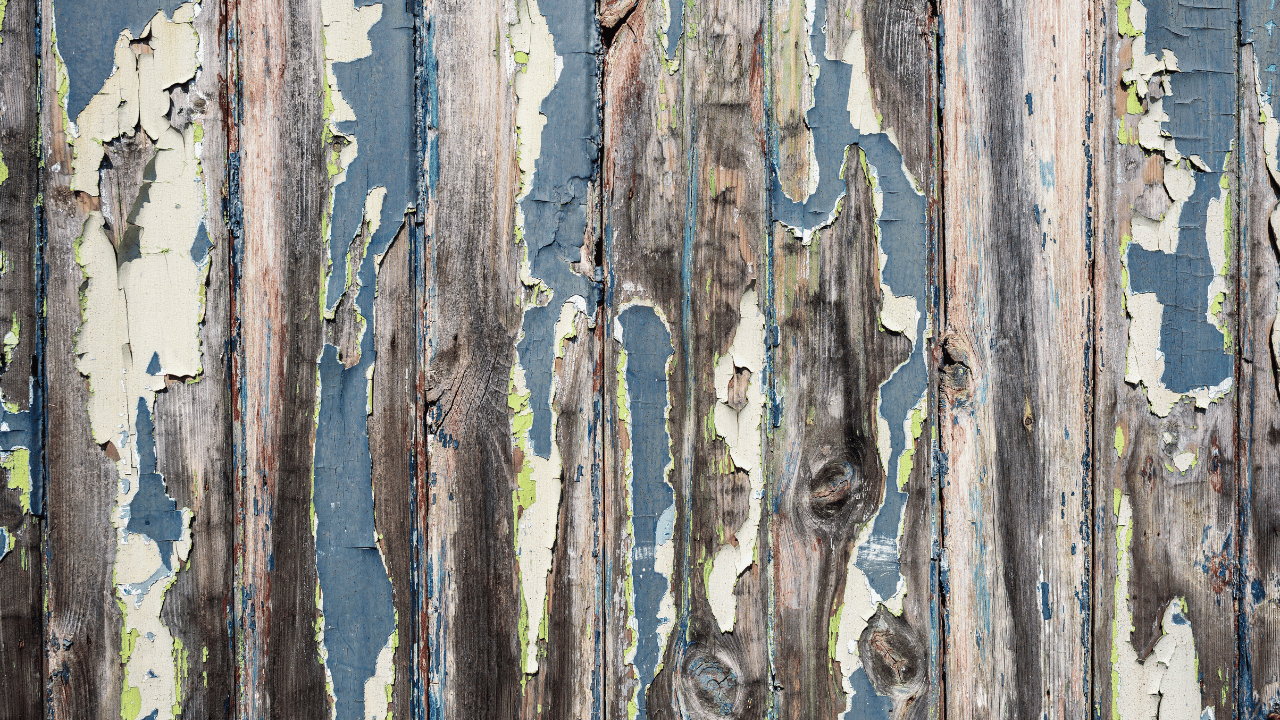
Although sandblasting may seem like an efficient approach, it’s often too abrasive for delicate wood surfaces. A gentler option would be using a scraper, which is particularly effective on deteriorating paint. The key is to employ a soft hand to prevent inadvertent wood damage.
Stripping Techniques for Metal and Plastic Surfaces
Metal and plastic are inherently more robust than wood. However, caution is advised when considering heat guns for these surfaces. While these tools are mostly safe on a minimal setting, excessive heat can deform metal and ruin plastic. Aside from this, both metal and plastic are relatively resistant to most paint stripping methods.
The All-Natural Solution: DIY Paint Stripper
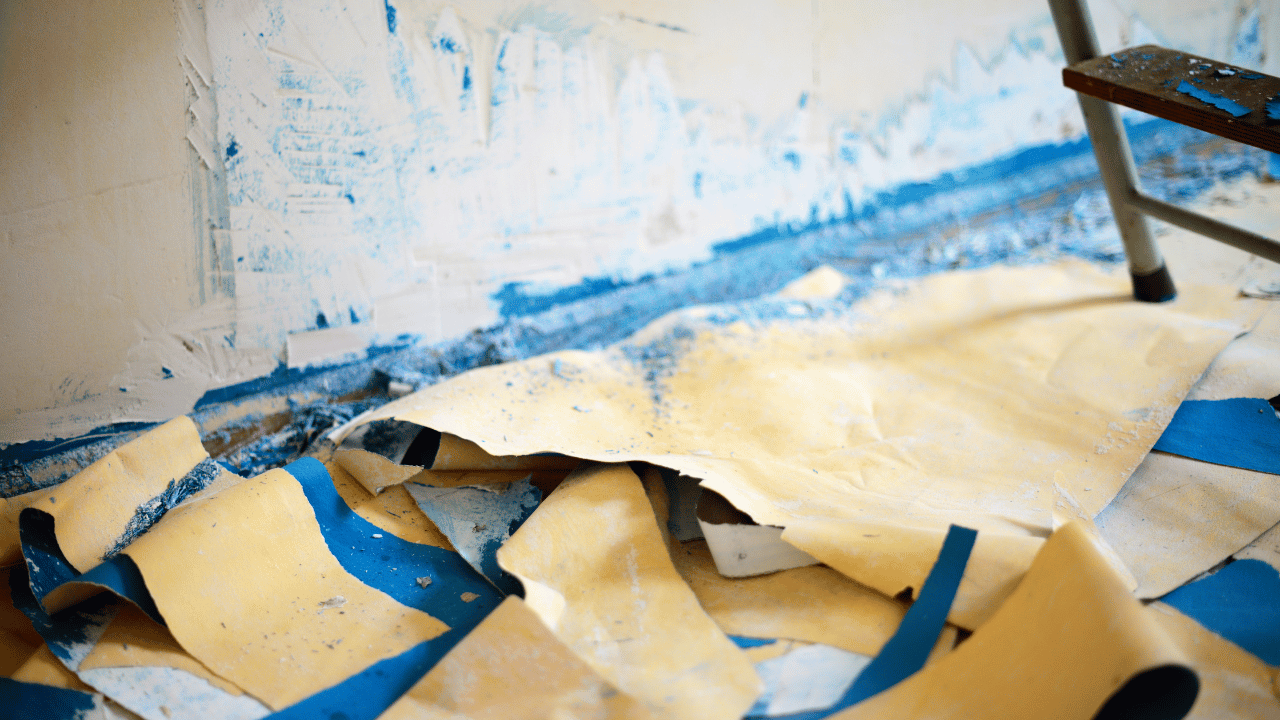
An eco-friendly and safe solution for stripping paint from metal and plastic involves just two ingredients: boiling water and baking soda. This concoction works wonders, especially for paint-covered metal tools. To prepare, take a retired pot, fill with water, and bring to a simmer. Generously sprinkle in baking soda—precision isn’t paramount. Submerge the painted item in this simmering solution for about 20 minutes. The paint should then come off effortlessly.
Understanding Chemical Strippers for Metal and Plastic
Though caustic or solvent-based paint strippers might be apt for metal and plastic, caution is essential. Some caustic variants can adversely affect aluminum. Always peruse ingredient labels meticulously, ensuring you’re selecting a stripper devoid of harmful compounds. When working, prioritize well-ventilated spaces to sidestep any health implications from potential fumes.
Gentle Approaches for Masonry Surfaces
Masonry surfaces like brick and concrete might not be typical candidates for paint removal, but they often become focal points in home renovations. To retain the character of vintage masonry, one might wish to eliminate layers of paint. A mild chemical paint stripper, applied with a soft-bristled brush, can effectively cleanse surfaces like brick, concrete, and limestone without inflicting harm. However, it’s crucial to remember that limestone is particularly vulnerable to acid-based solutions.
For robust masonry, light sandblasting can be appropriate. But, always use protective gear, such as masks and safety goggles, during the process. Power-washing, though tempting, isn’t ideal for surfaces demanding meticulous care.
Foundations of Safe Paint Stripping
The art of paint stripping is essential for every DIY enthusiast. Prioritizing eco-friendly alternatives not only ensures the safety of the user but also the environment. Keep a vigilant eye for harmful chemicals and consistently uphold safety standards, including wearing protective equipment. With a clear understanding of the surface in question, paint stripping can be executed seamlessly and safely.
Navigating Safe Paint Stripping: Tips and Techniques
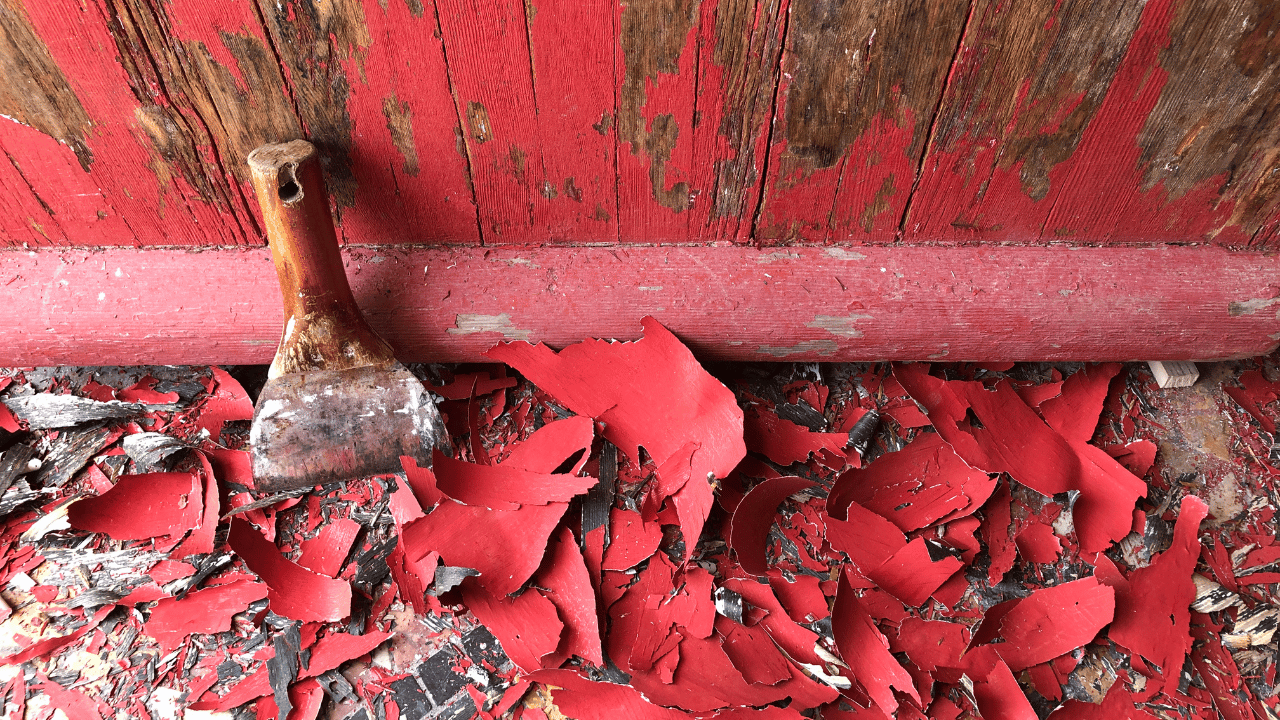
Setting the Stage for Safe Paint Removal Embarking on a renovation journey might entail removing layers of ancient paint. While this task might seem daunting, with the right approach, paint stripping can be both efficient and safe.
Before diving into the task, prioritize setting up a safe environment. Designate a workspace away from curious children and pets. Always wear protective clothing, such as long-sleeved shirts, gloves, and closed-toed shoes. Depending on your chosen method, eye protection might also be essential.
A crucial consideration is the type of paint you’re attempting to remove. Homes built before 1978, especially those erected before 1940, likely have lead-based paint. If there’s uncertainty about the paint’s composition, consider consulting a professional inspector for a thorough analysis.
Deciphering the Types of Paint Strippers There’s a spectrum of paint strippers available, mainly categorized as solvent-based, caustic-based, and manual:
- Solvent-Based Strippers: These function by weakening the chemical bond between the paint and its underlying surface.
- Caustic-Based Strippers: These agents act by disintegrating the paint itself.
- Manual Techniques: These methods rely on physical tools to scrape or melt the paint layer.
The optimal choice often hinges on the specific surface in question.
Examining Paint Stripper Ingredients Vigilance is key when selecting a paint stripper. While both solvent-based and caustic-based paint strippers can be effective, they can also contain potentially hazardous components:
- Methylene Chloride: This ingredient, restricted in many regions, is potent and typically reserved for expert use.
- NMP (n-methyl pyrrolidone): Another high-risk ingredient, NMP shares the hazardous characteristics of methylene chloride. It’s noteworthy that regulatory bodies like the EPA are working towards banning these substances, but they still linger on some store shelves.
However, the market offers safer alternatives:
- Dimethyl Sulfoxide (DMSO): This has emerged as a favored choice due to its minimal toxicity, positioning it as a safer substitute for the likes of methylene chloride and NMP.
Ultimately, prioritizing safety means opting for strippers with benign ingredients like DMSO or resorting to manual paint removal techniques.
Embracing Eco-Friendly Paint Stripping Solutions
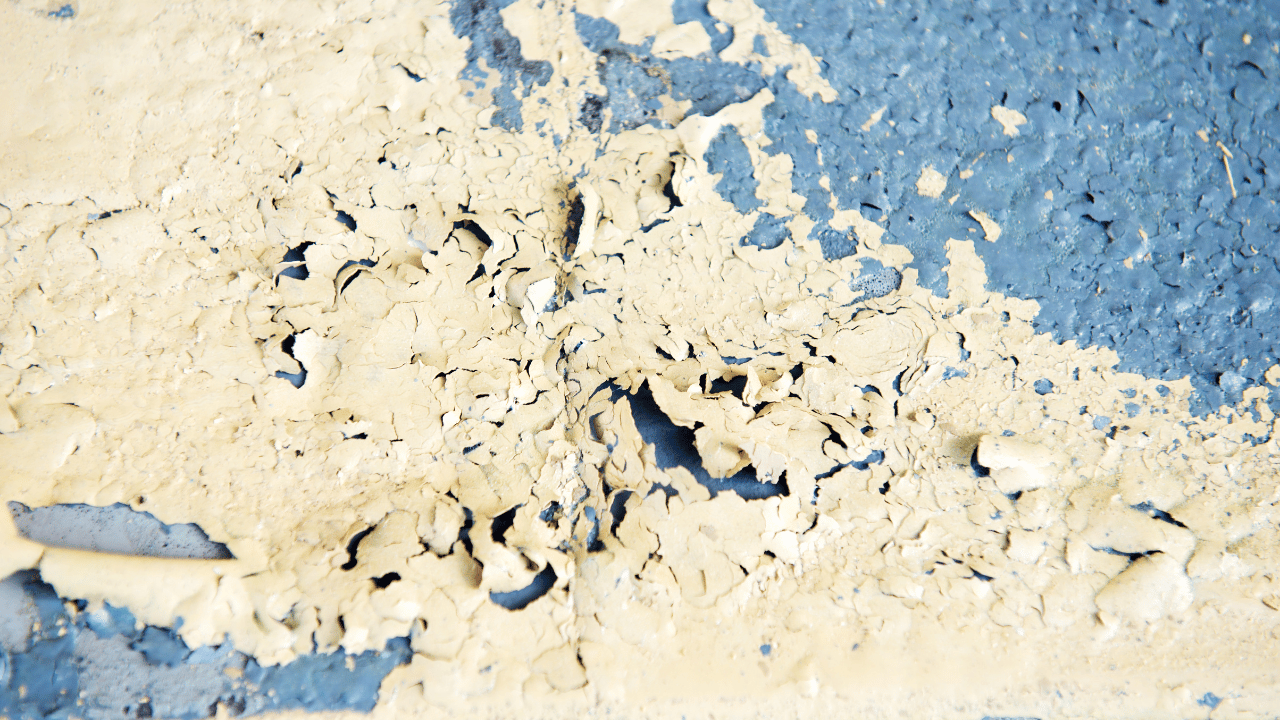
Green Alternatives: Plant-Based Paint Strippers The shift towards environmental consciousness has ushered in a new wave of paint strippers that are eco-friendly. Traditional paint strippers can contain chemicals detrimental to flora and fauna. In this realm, soy- and citrus-based paint strippers emerge as environmentally conscious alternatives.
Apart from their eco-friendly attributes, what’s impressive about these strippers is their efficacy, often outperforming their conventional counterparts. They are devoid of methylene chloride, enhancing their safety profile. If you’re sensitive to strong odors, the citrus-based formulas, exuding fresh citrusy fragrances, might be particularly appealing.
Going Traditional: Manual and DIY Paint Stripping Techniques Venturing beyond the conventional liquid and gel paint strippers reveals a world of manual and homemade stripping methods:
- Using a Paint Scraper: This straightforward method, free from chemical use, requires a systematic approach. As you methodically chip away the paint, be diligent in collecting and disposing of the resulting paint dust and chips.
- Homemade Solutions: A concoction of boiling water and baking soda can serve as an effective paint stripper, albeit restricted to metal surfaces. This method stands out for its affordability and simplicity.
The Art of Stripping Paint from Wood
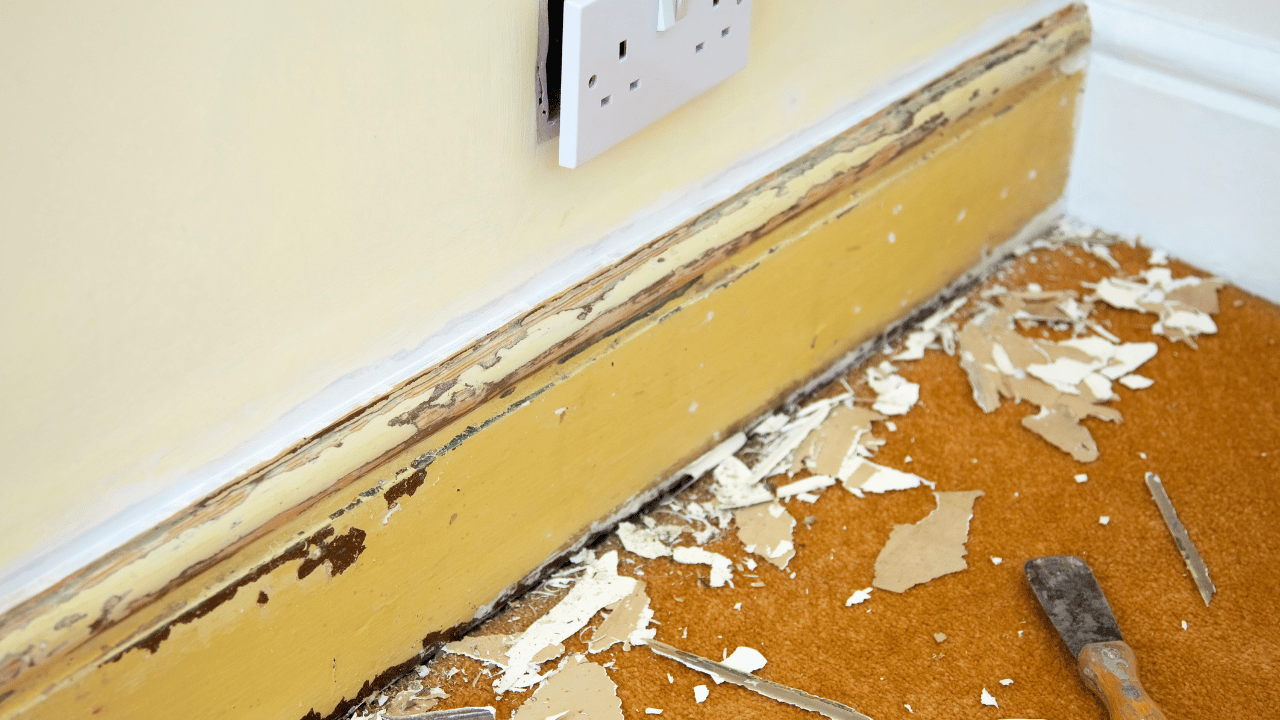
Wood-Specific Considerations Wood surfaces often find themselves on the list of paint-stripping candidates. While wood is generally amenable to stripping, care must be taken to avoid damaging its intricate grain, texture, or any pre-existing stains. Caustic-based paint strippers are particularly notorious for their adverse effects on wood, especially hardwoods, turning them dark.
Chemical Strippers for Wood: The Safe Choices When it comes to wood, solvent-based chemical strippers, especially those derived from soy, prove effective for most paint and wood types. It’s prudent to conduct a preliminary patch test before going all in with any paint stripper. This simple test involves applying a small quantity of the stripper to a discreet area of the wood, gauging its effect. Some strippers might necessitate a duration for maximal impact.
Manual Techniques for Wooden Surfaces Though sandblasting might tempt some, its aggressive nature isn’t suited for wood. A gentler approach involves utilizing a scraper, particularly effective on deteriorating paint layers. A word of caution, though: wield the scraper with finesse to avoid marring the wood underneath.
Understanding Metal and Plastic Surfaces  Metal and plastic typically exhibit greater resilience than wood when it comes to paint removal. Although heat guns can be a reliable tool when set to a low temperature, they might not always be the ideal choice. An excessively hot setting might warp metal or even cause plastic to melt. On the whole, barring such extreme conditions, metal and plastic can handle the majority of paint stripping methods.
Metal and plastic typically exhibit greater resilience than wood when it comes to paint removal. Although heat guns can be a reliable tool when set to a low temperature, they might not always be the ideal choice. An excessively hot setting might warp metal or even cause plastic to melt. On the whole, barring such extreme conditions, metal and plastic can handle the majority of paint stripping methods.
DIY Paint Stripping SolutionAn efficient and safe paint removal method for metal and plastic entails a simple concoction of boiling water and baking soda. This mixture is particularly adept at removing paint from metal tools. To craft this solution:
- Opt for a pot you’re willing to designate solely for this purpose, as it won’t be suitable for culinary use afterward.
- Fill the pot with water and bring it to a boil or simmer.
- Generously incorporate baking soda; exact measurements aren’t necessary.
- Immerse the paint-coated object or tool into the simmering mixture for approximately 15-20 minutes.
- Post treatment, the paint should readily peel off or be easily scraped away.
Navigating Chemical Paint Strippers When considering chemical paint strippers for metal and plastic, both caustic and solvent-based variants are typically suitable. However, a caveat: certain caustic strippers can adversely impact aluminum. It’s prudent to inspect product ingredients to ensure they’re devoid of harmful chemicals. Furthermore, when working with these strippers, it’s advisable to operate in well-ventilated environments to minimize fume exposure.
Approaching Paint Stripping for Masonry
Restoring the Charm of Brick and Concrete While masonry might not instinctively spring to mind in paint stripping discussions, it’s integral to certain renovation projects, especially if restoring older or brick edifices to their former glory is the goal. Achieving this often involves peeling off layers of paint and undertaking thorough cleaning.
A gentle chemical paint stripper, paired with a soft-bristled brush, can effectively and safely remove paint from brickwork, concrete, and limestone, preserving the integrity of these surfaces. Notably, limestone, due to its sensitivity, should never come into contact with acid-based solutions.
While light sandblasting can be apt for robust masonry, it’s essential to use protective face and eye gear. Conversely, for those seeking to maintain masonry in impeccable condition, power-washing might not be the best route.
Mastering Safe Paint Stripping Techniques Every DIY enthusiast can benefit from mastering safe paint removal techniques across diverse surfaces. Environmentally-conscious paint removal solutions frequently emerge as both safe and effective choices. Always remain vigilant about potential harmful ingredients and adhere to safety practices, like wearing protective gear. Once acquainted with the nuances of the surface in question, navigating the paint stripping process becomes a breeze.
Conclusion
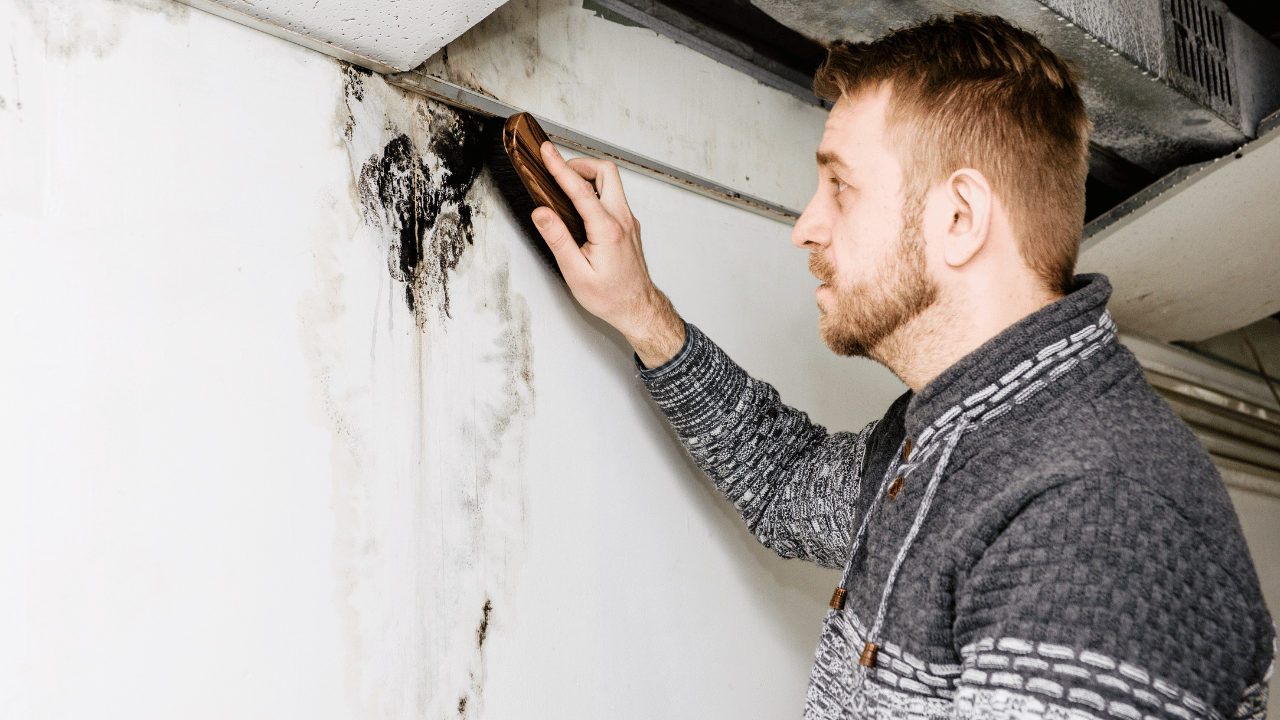
Embarking on a DIY journey, especially one as intricate as removing old paint, often evokes a mix of excitement and trepidation. Through this comprehensive guide, we’ve endeavored to demystify the various processes, shedding light on the safest and most efficient techniques suitable for different surfaces—from resilient metals to delicate woods. Paint, as we’ve explored, isn’t just a decorative layer; it carries a narrative of time, of decisions made in the past, and occasionally, of mistakes we wish to rectify. Removing it isn’t simply about aesthetics but can also be about rejuvenating a space, giving it a fresh canvas for new stories and memories.
Safety, as reiterated throughout the guide, should be paramount. The realm of paint removal teems with products and methods, each carrying its own set of benefits and cautions. Whether you’re reaching for store-bought solutions or opting for the homemade concoctions, the underpinning rule remains unchanged: arm yourself with knowledge, be patient, and always prioritize well-being—both of the surface you’re working on and yourself.
Eco-friendly choices, which are steadily gaining momentum, not only safeguard our health but also champion environmental preservation, reminding us that each DIY endeavor can be a step towards a more sustainable future.
As this guide reaches its conclusion, let it be a springboard into your DIY paint removal projects. Remember, every layer of paint you peel away, every spot you scrub off, isn’t just about eradicating the old but also about making room for the new. It’s a testament to the cyclical nature of decor, homes, and life itself. Here’s to fresh starts, renewed spaces, and the myriad possibilities that come with a blank canvas. Whether you’re redecorating a cherished heirloom or revamping an entire room, may your endeavors in paint removal be both fruitful and fulfilling.
